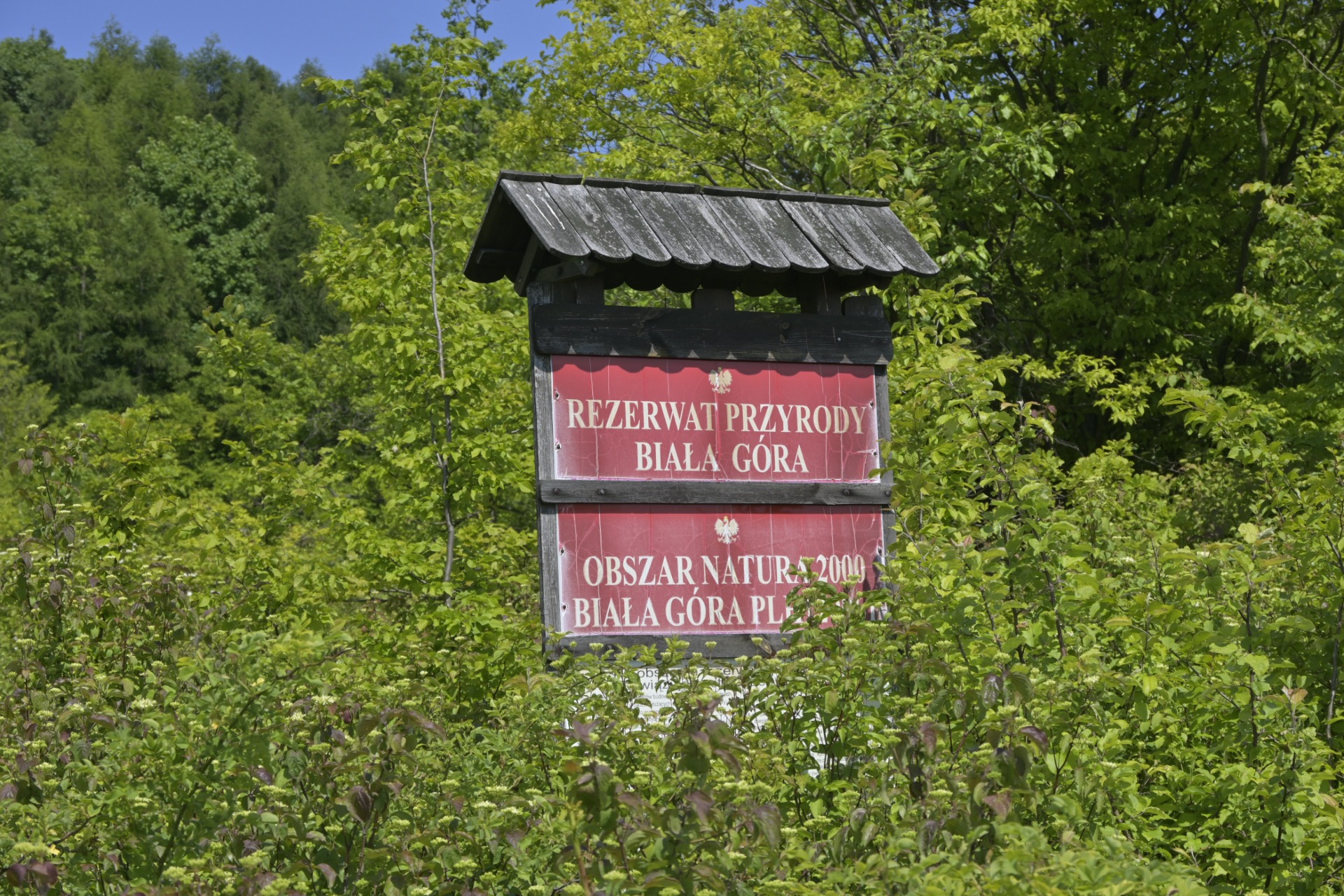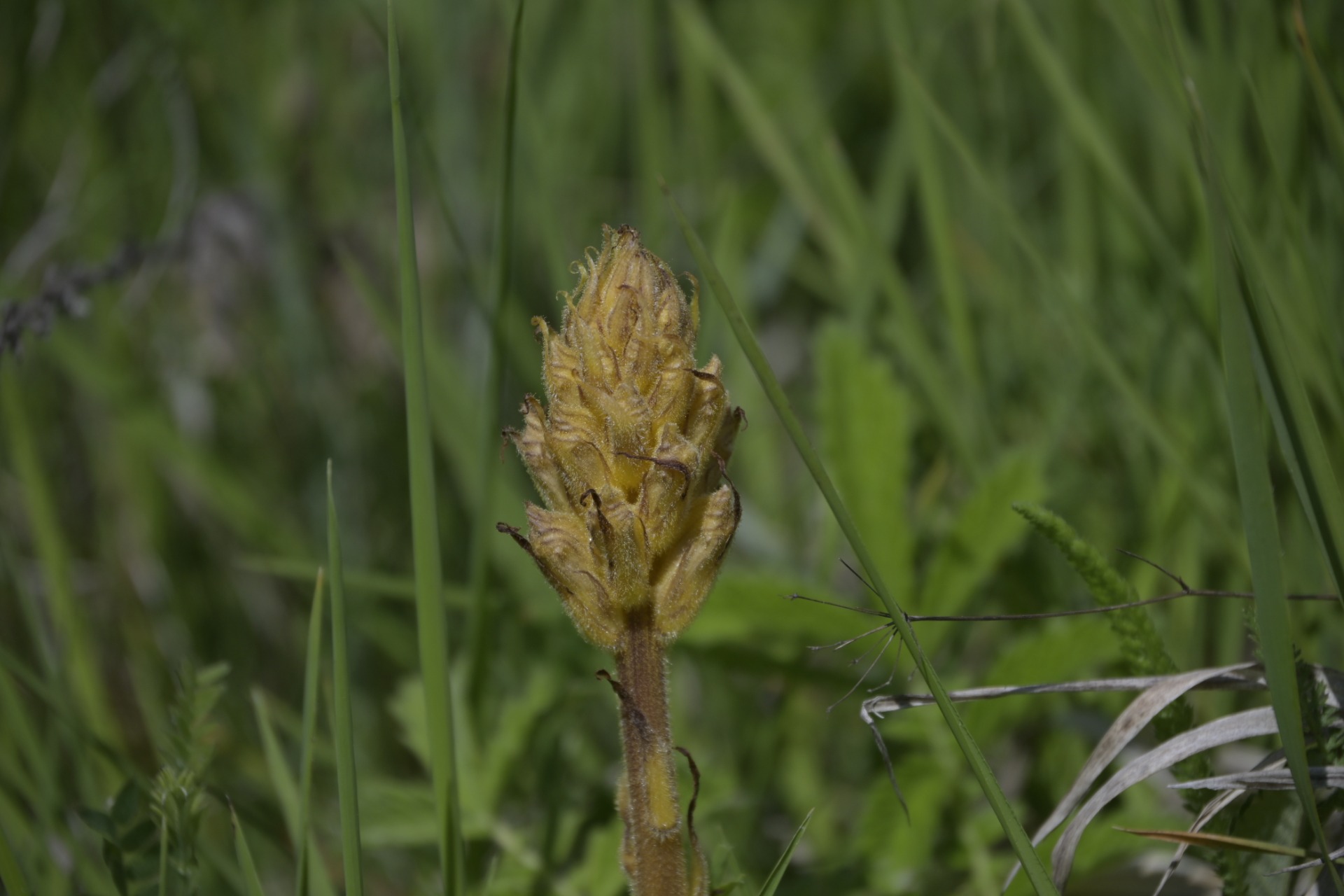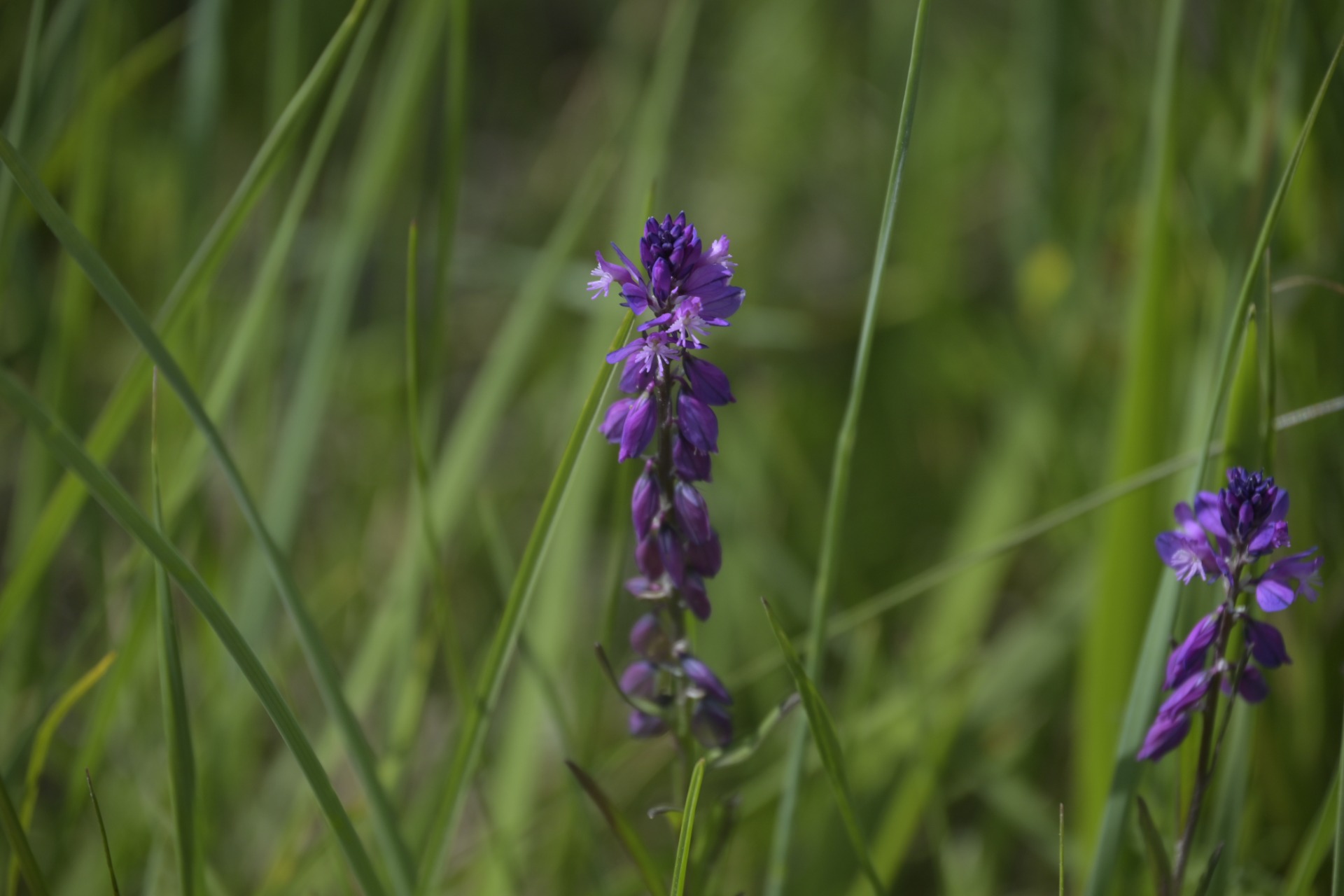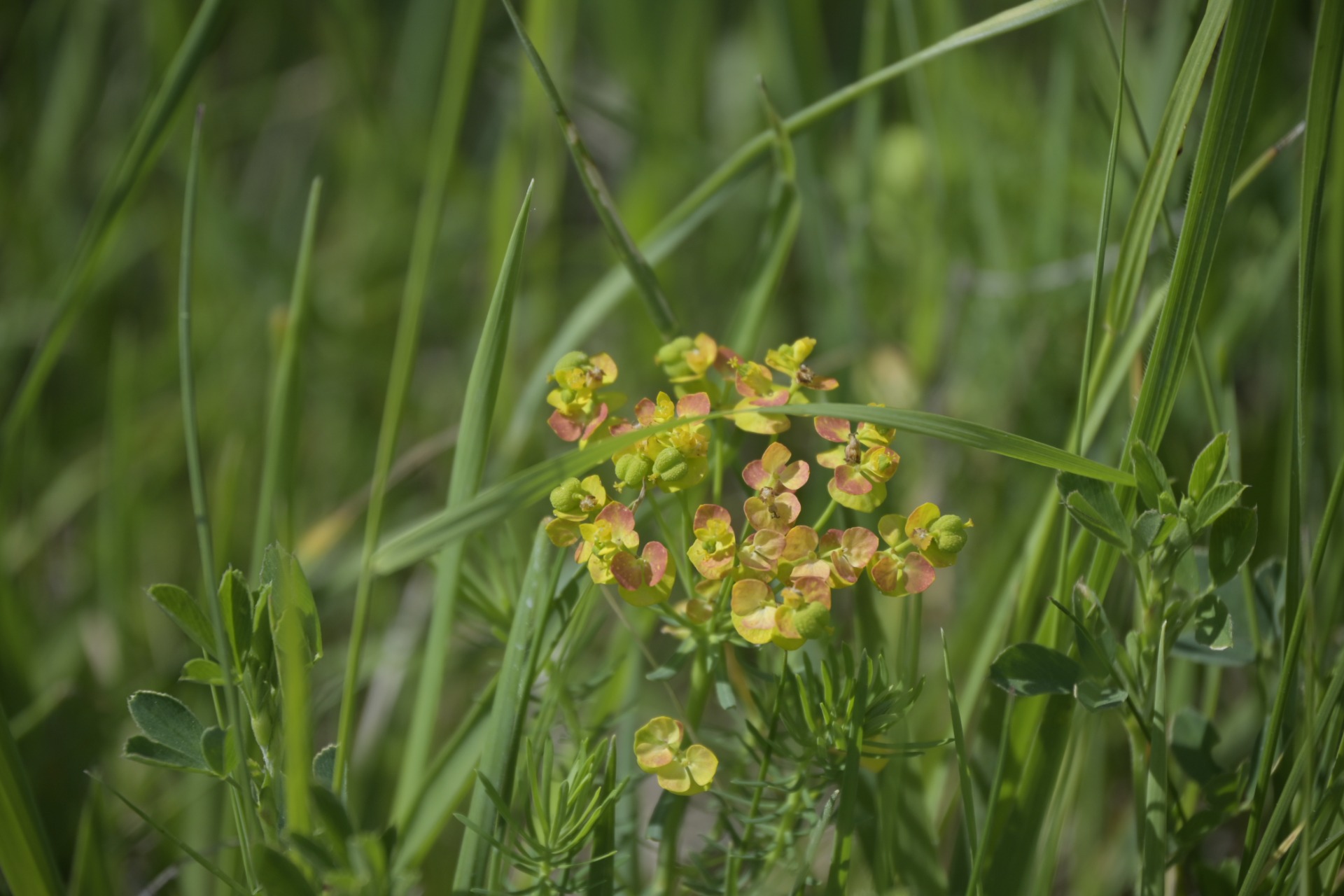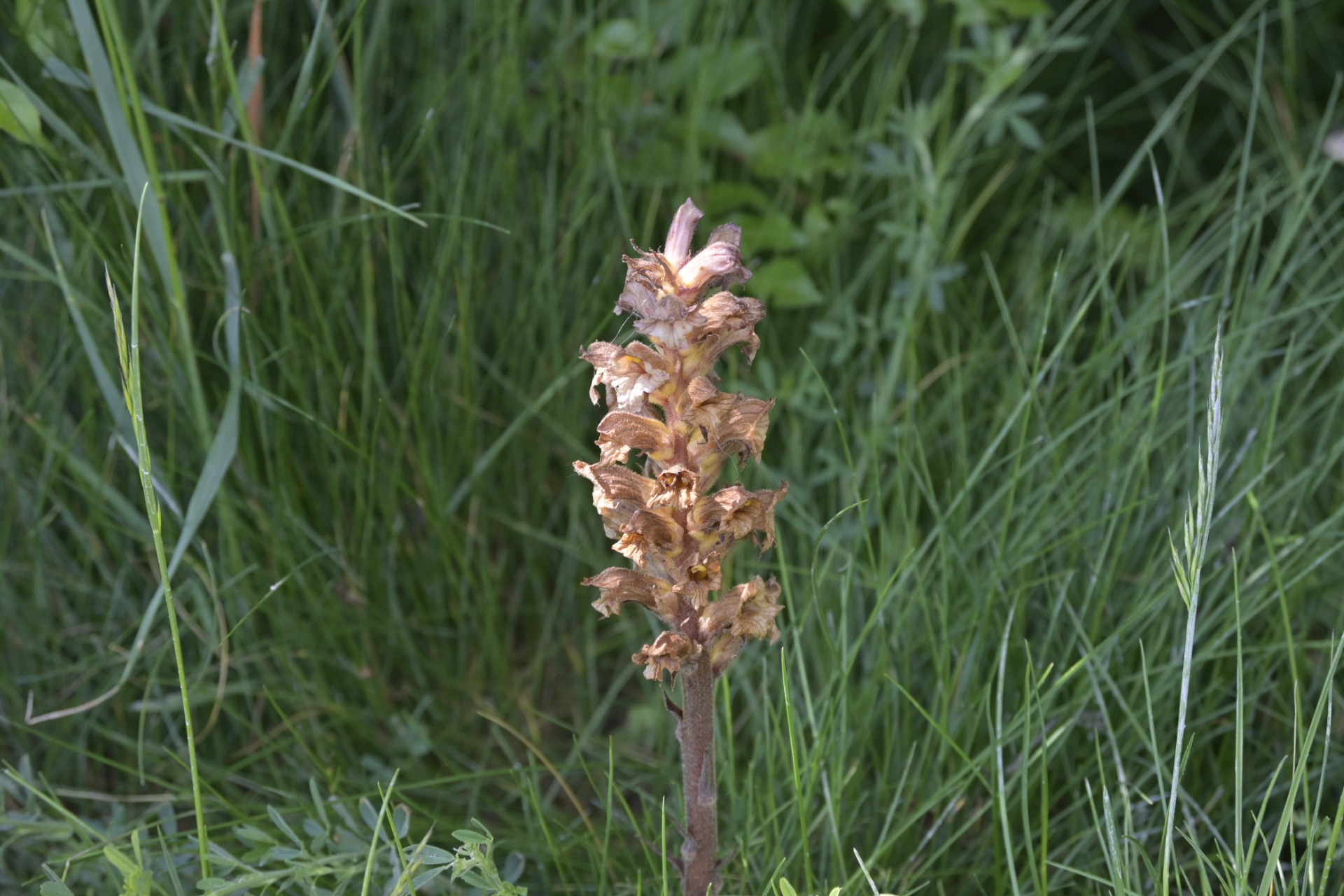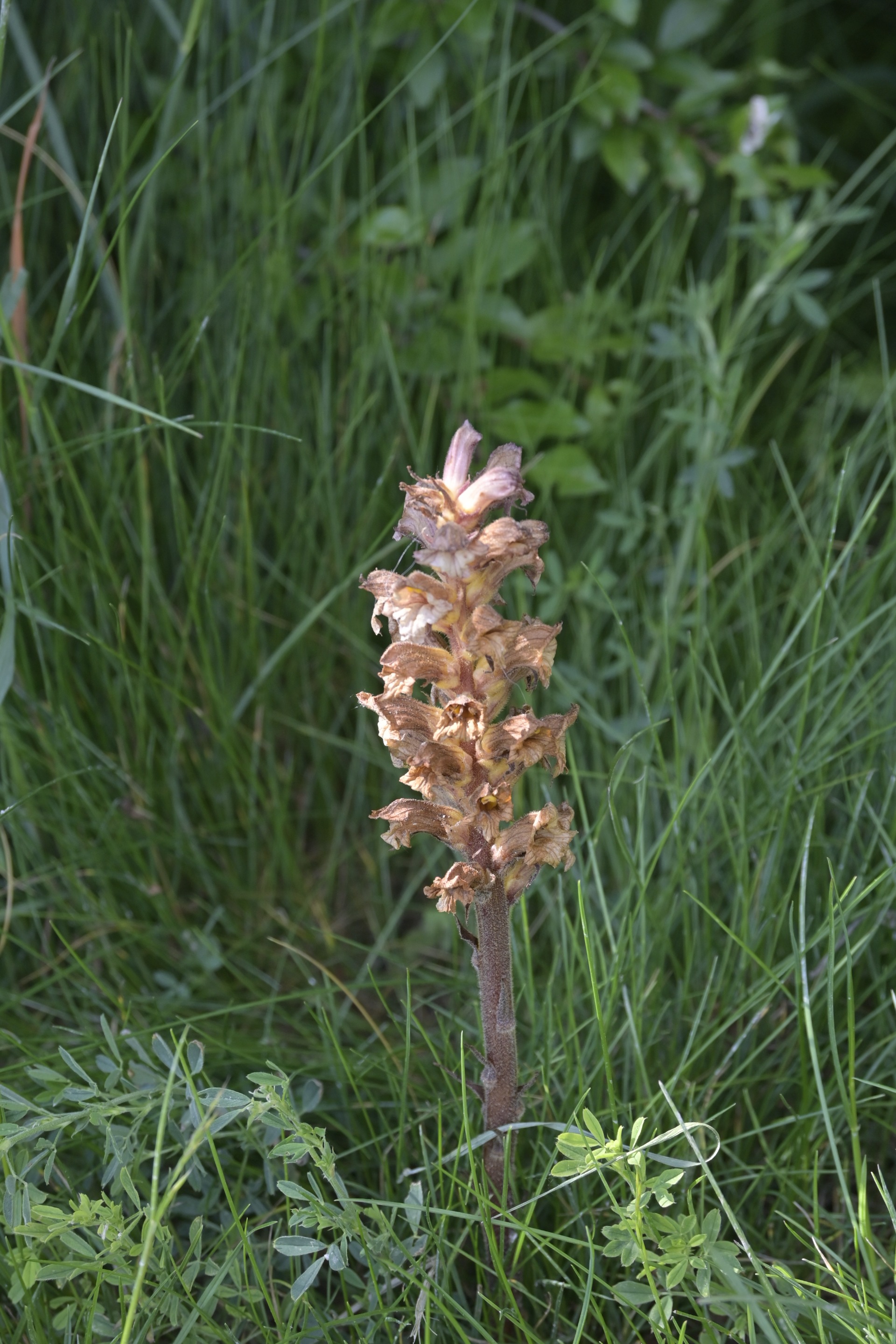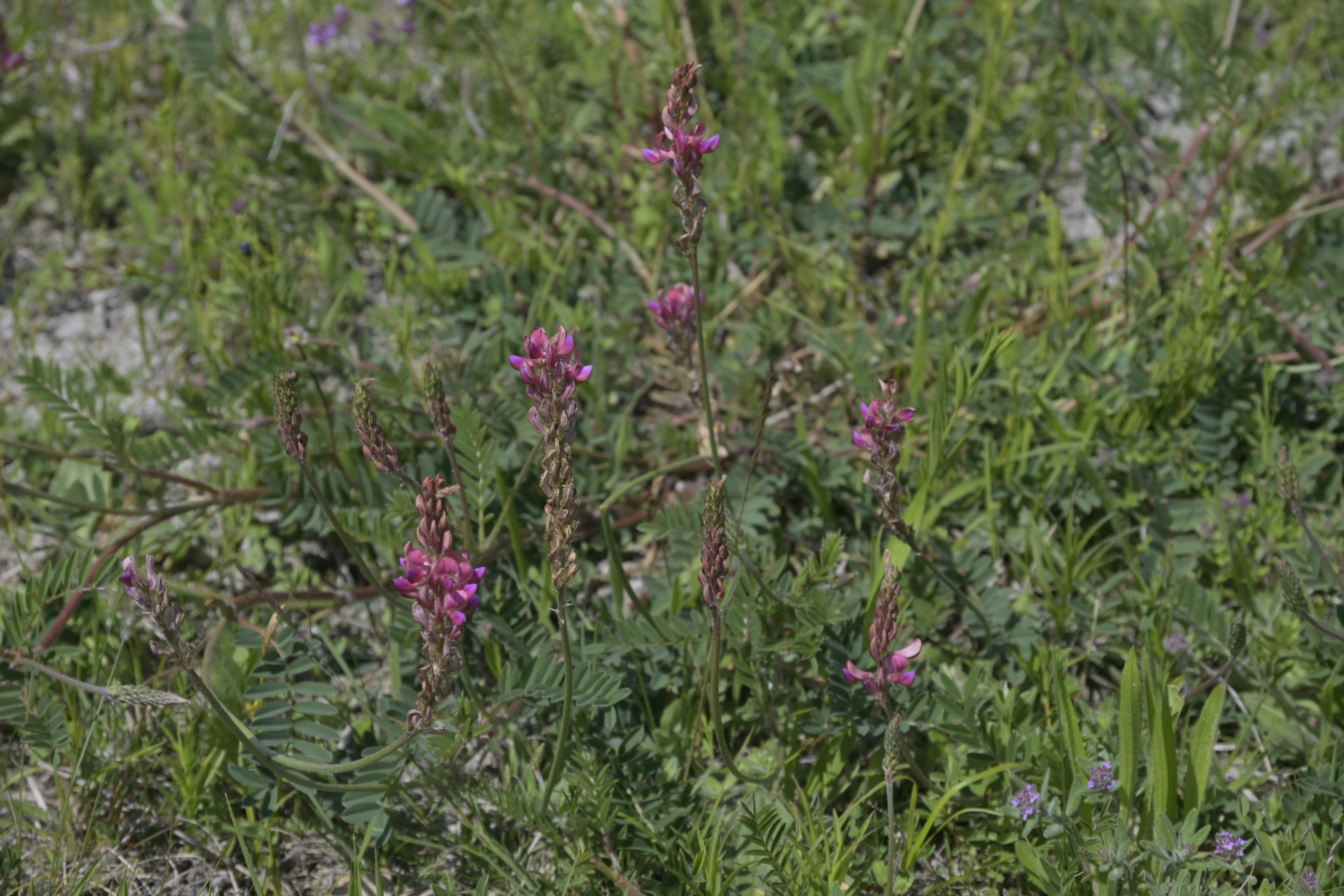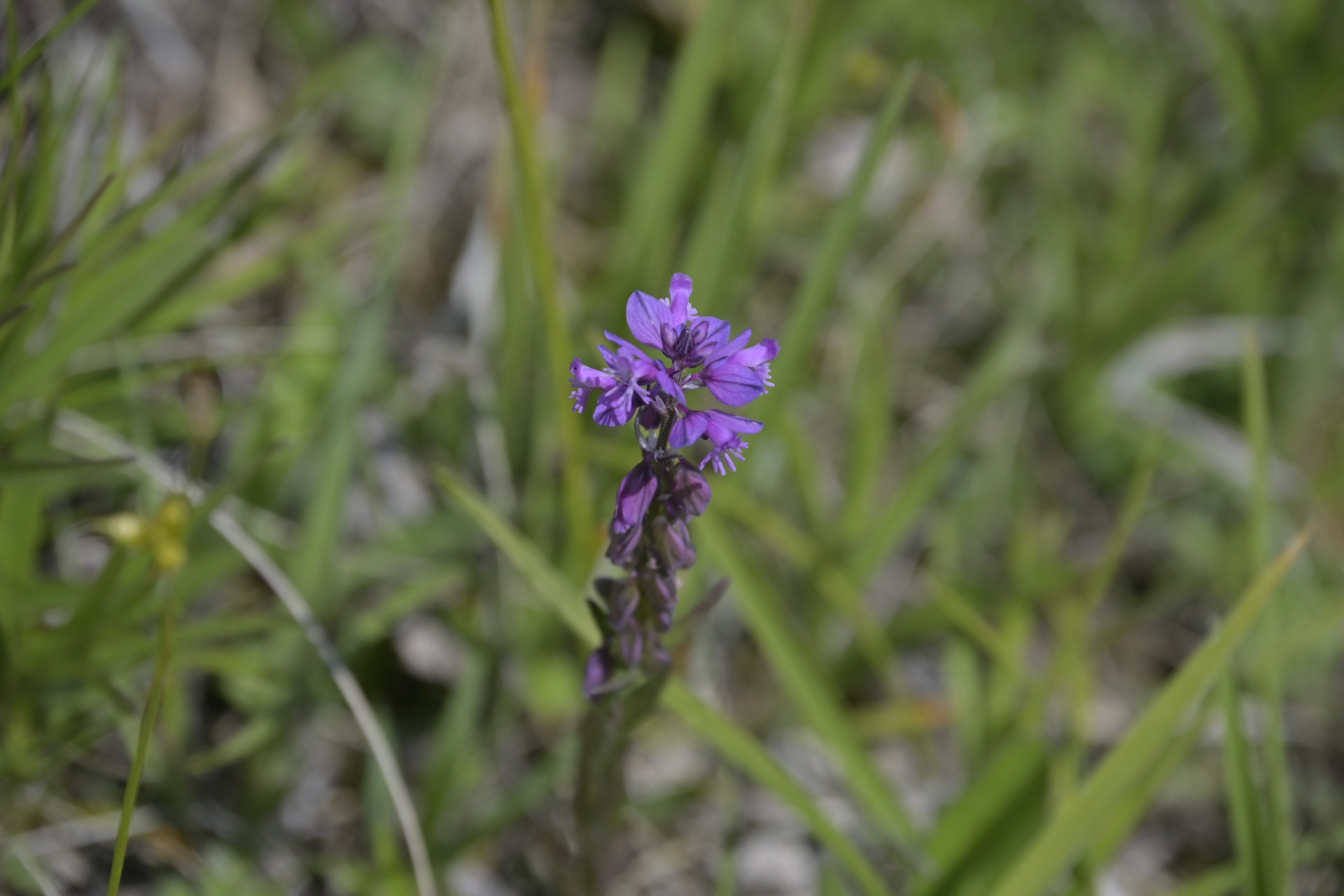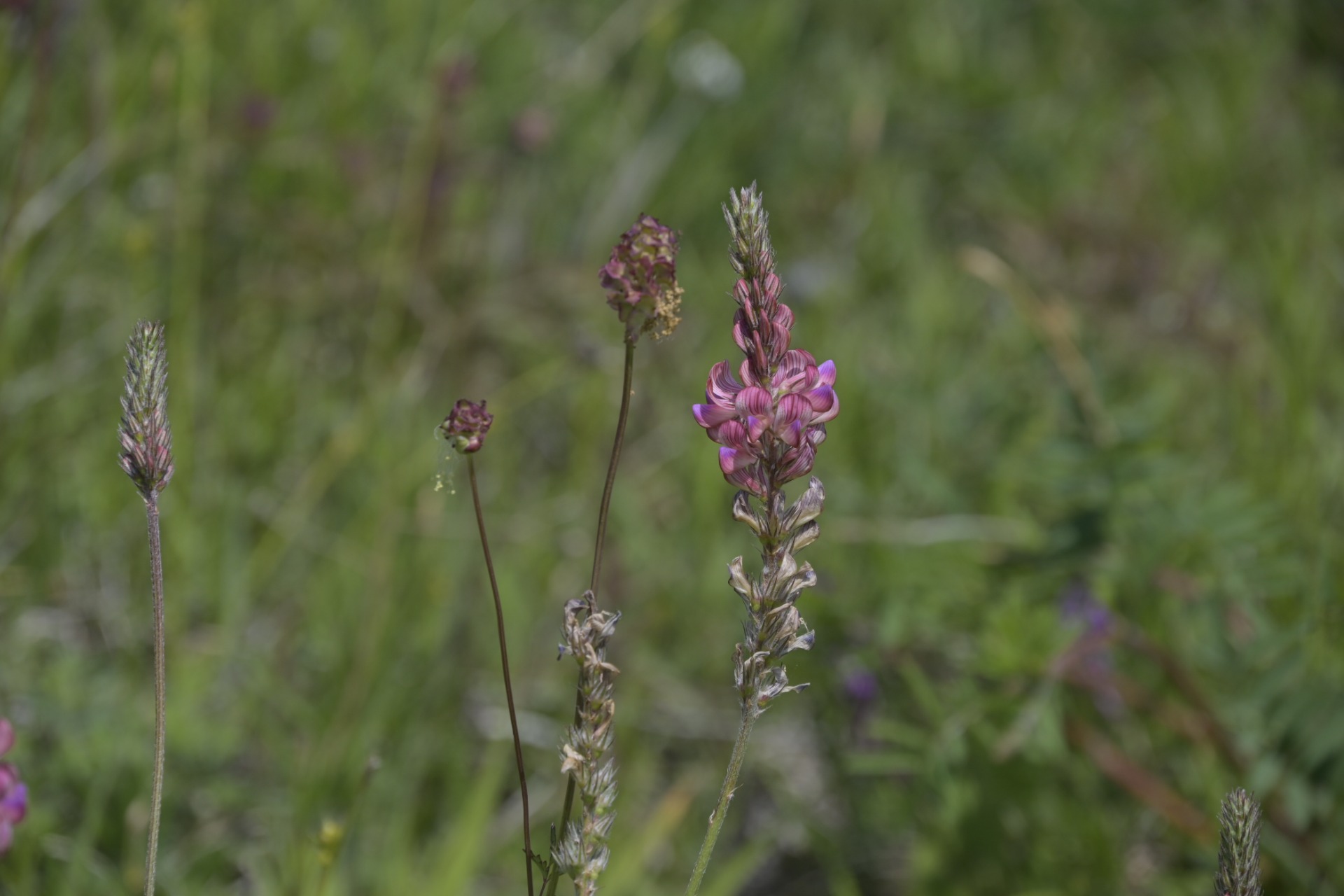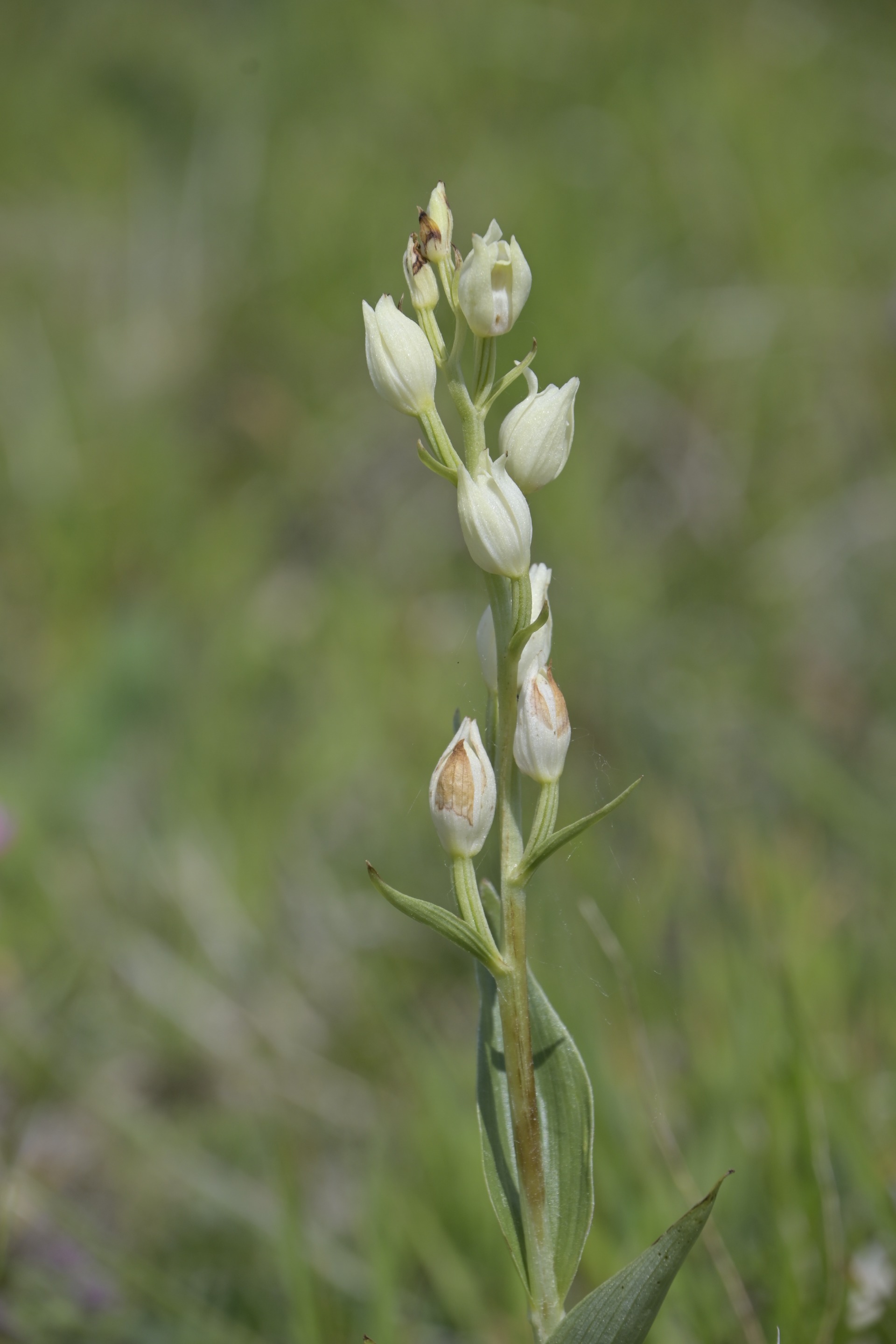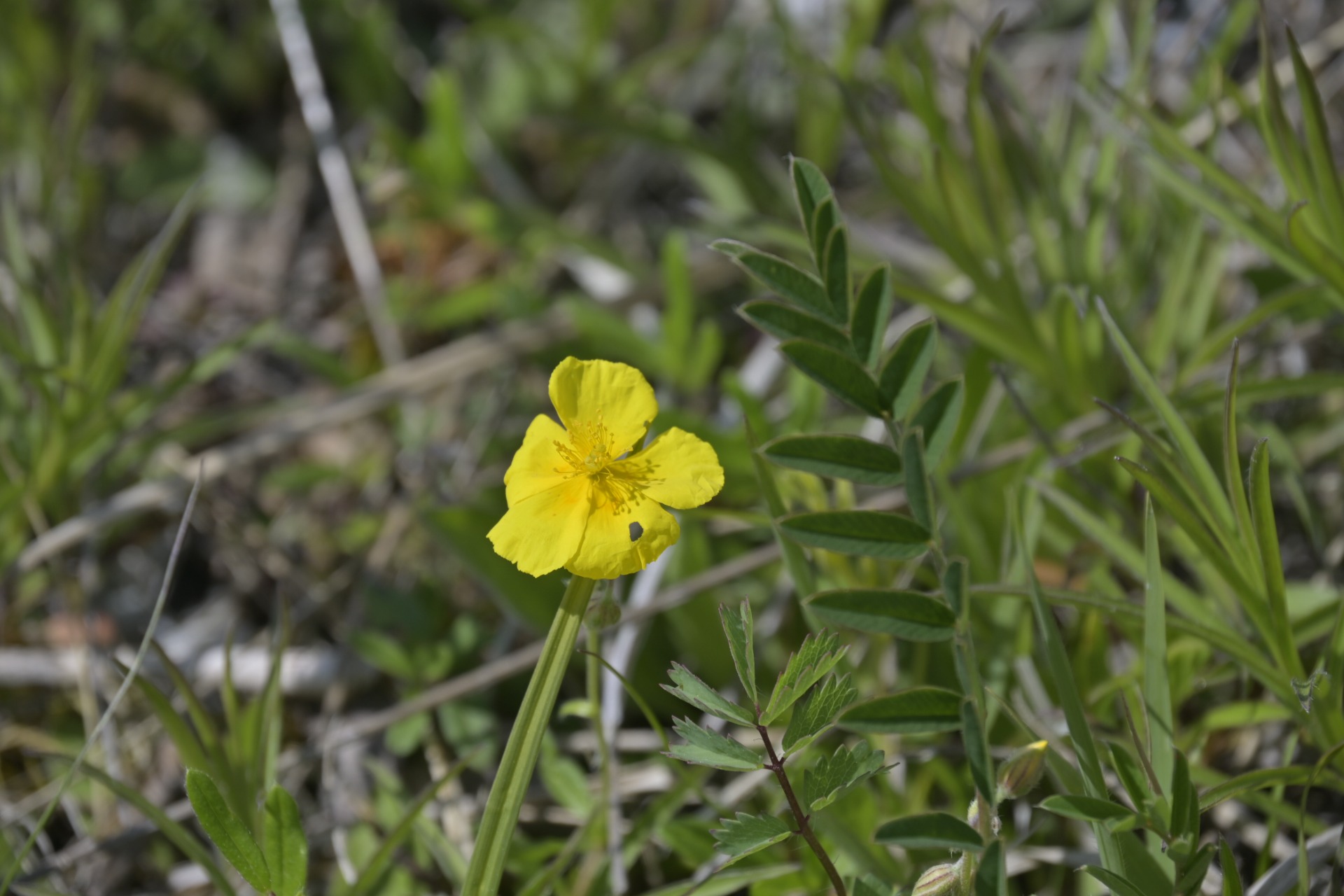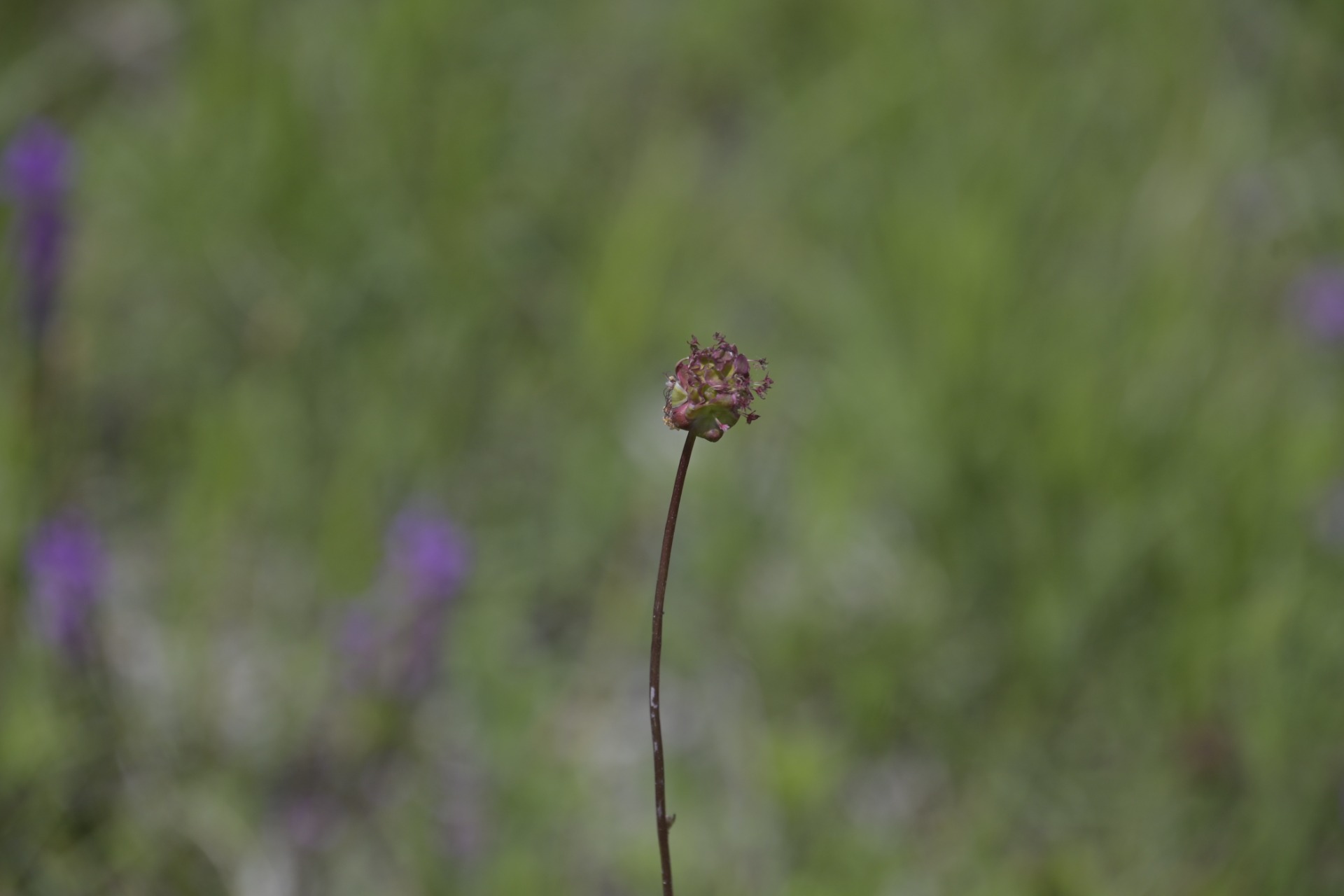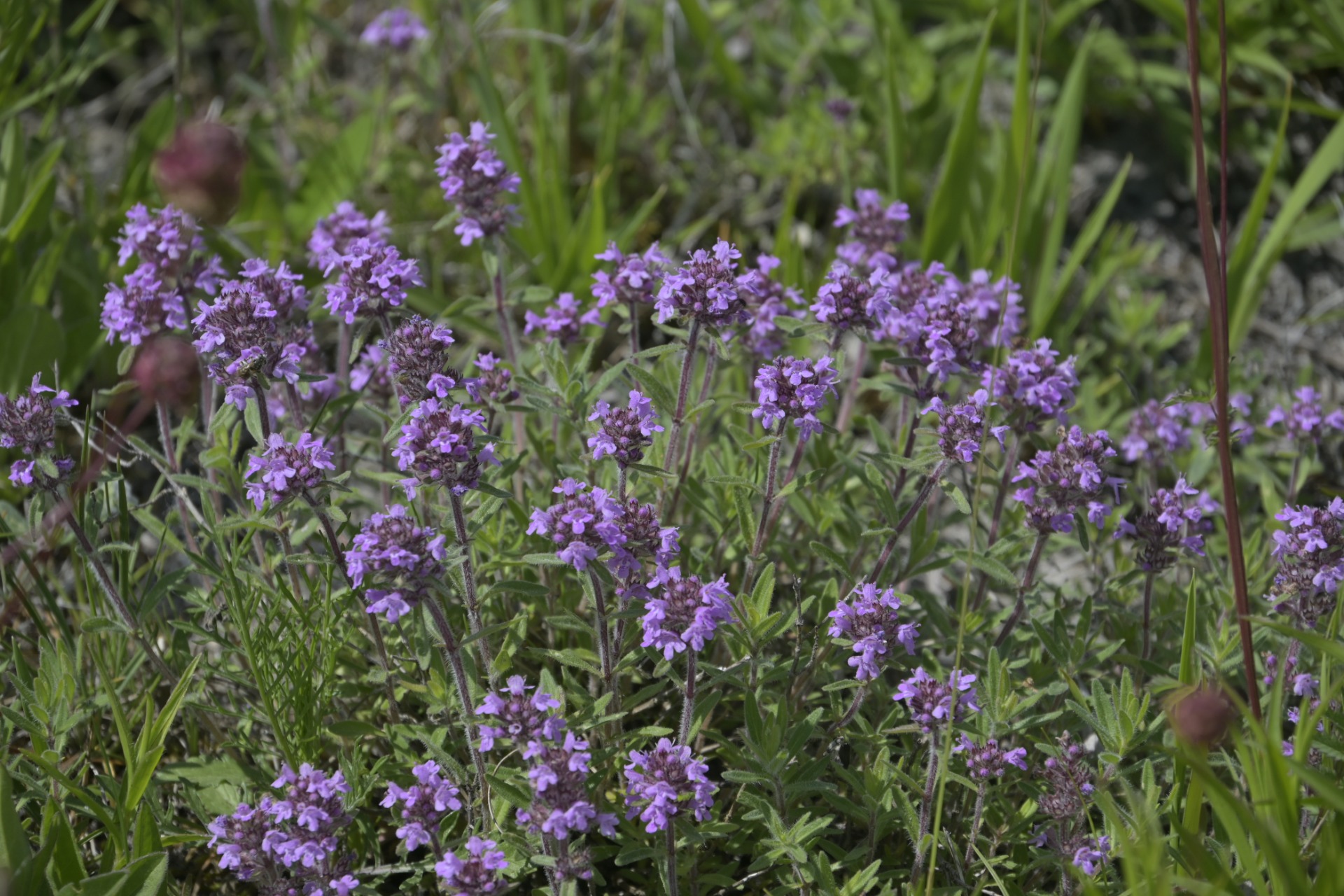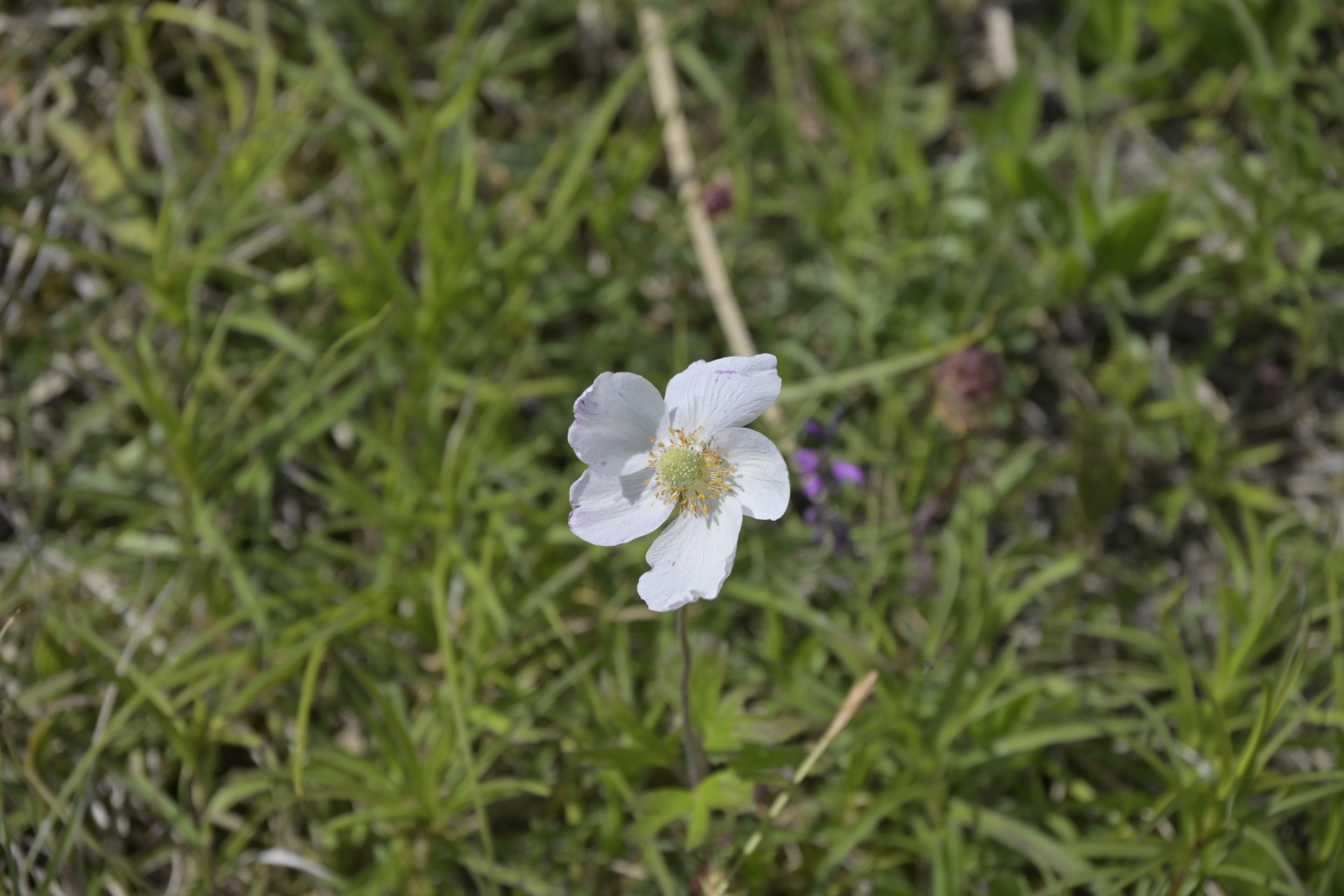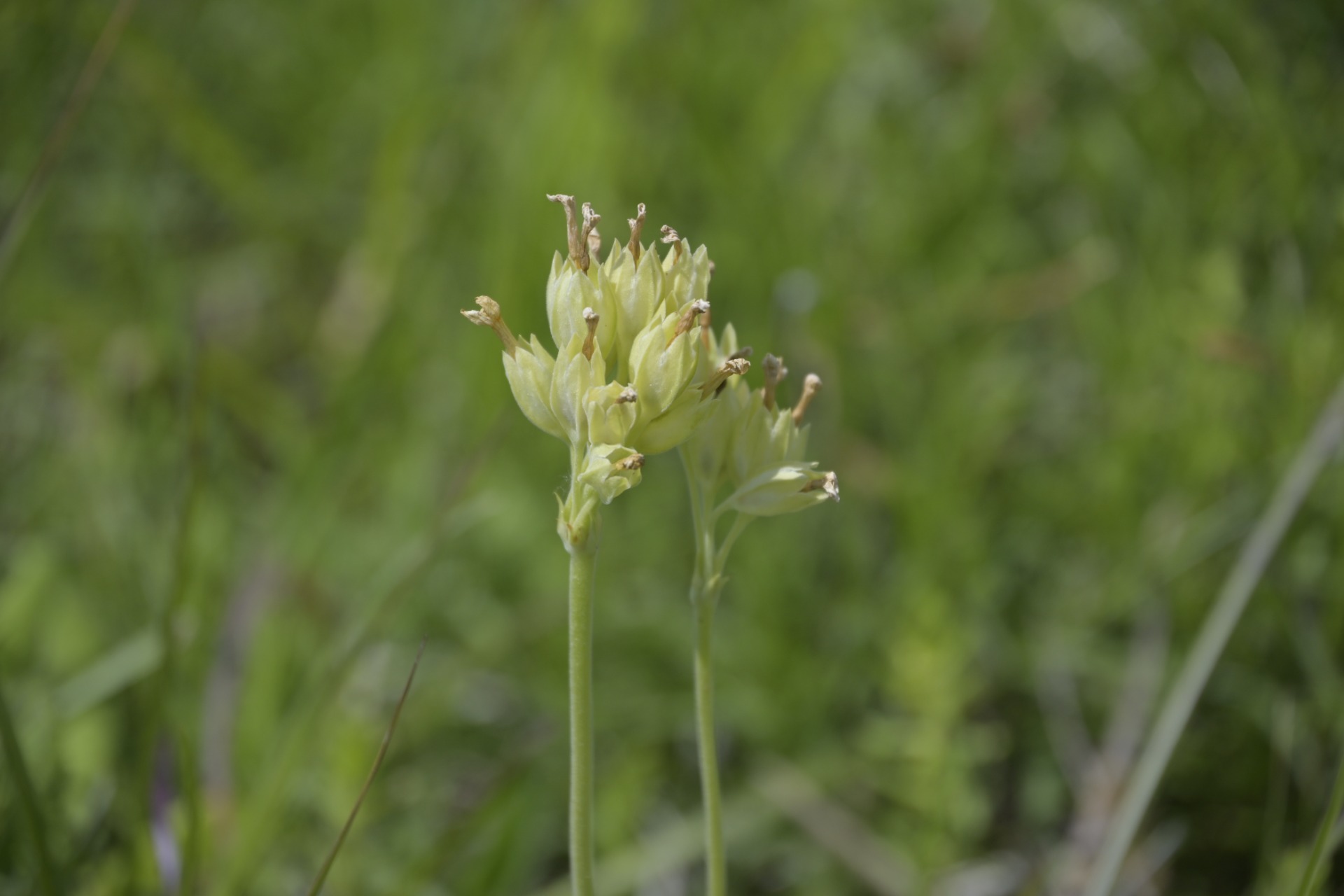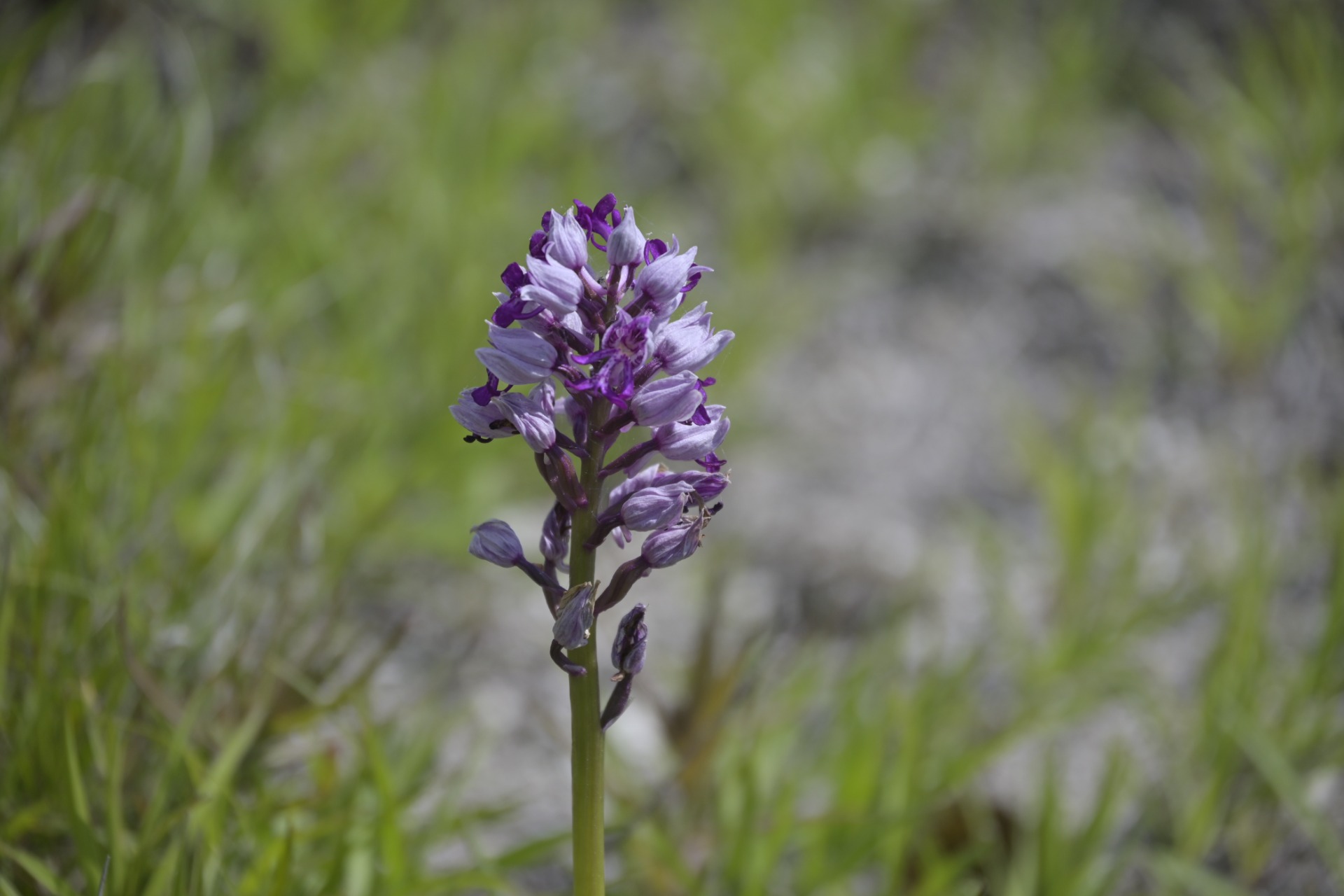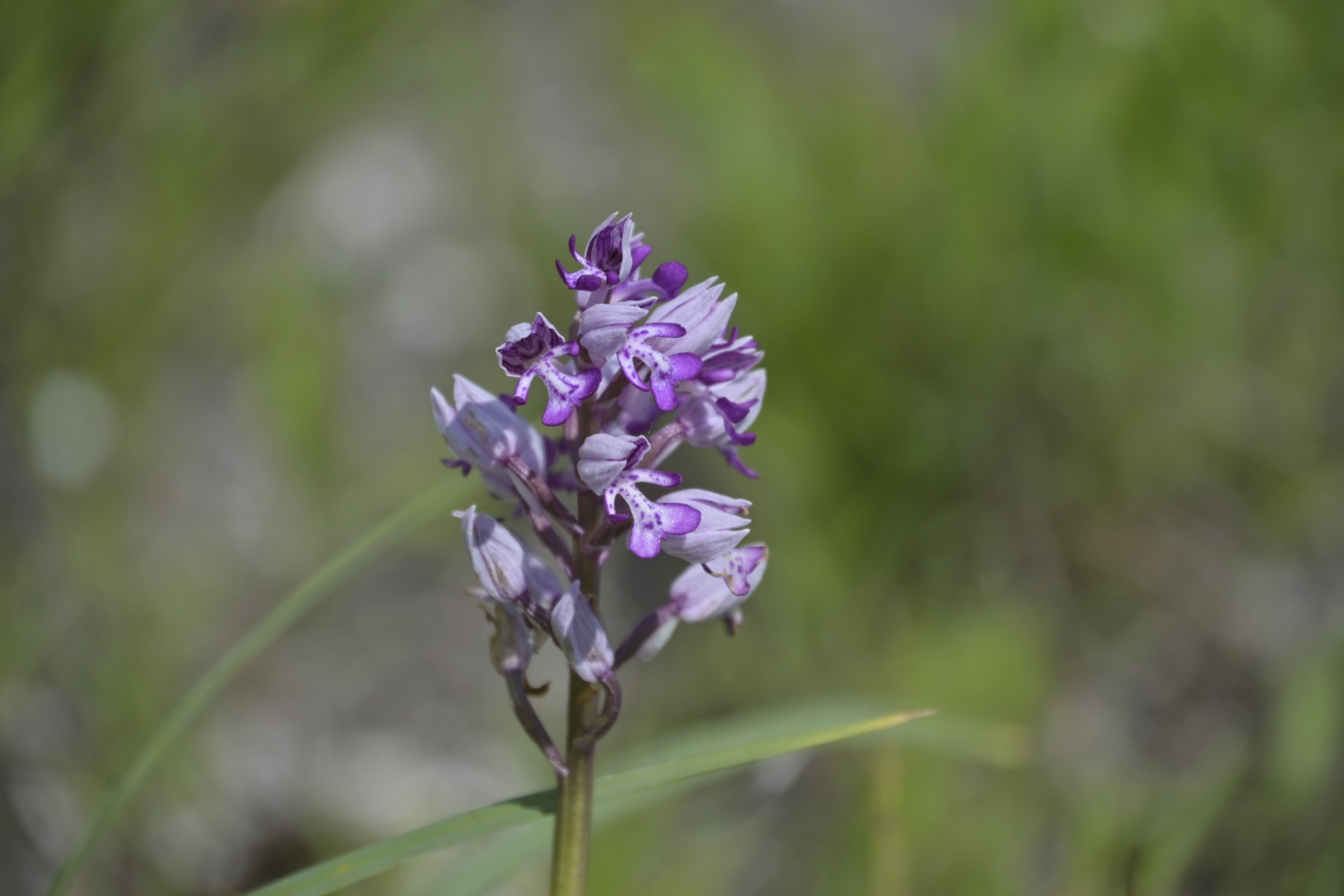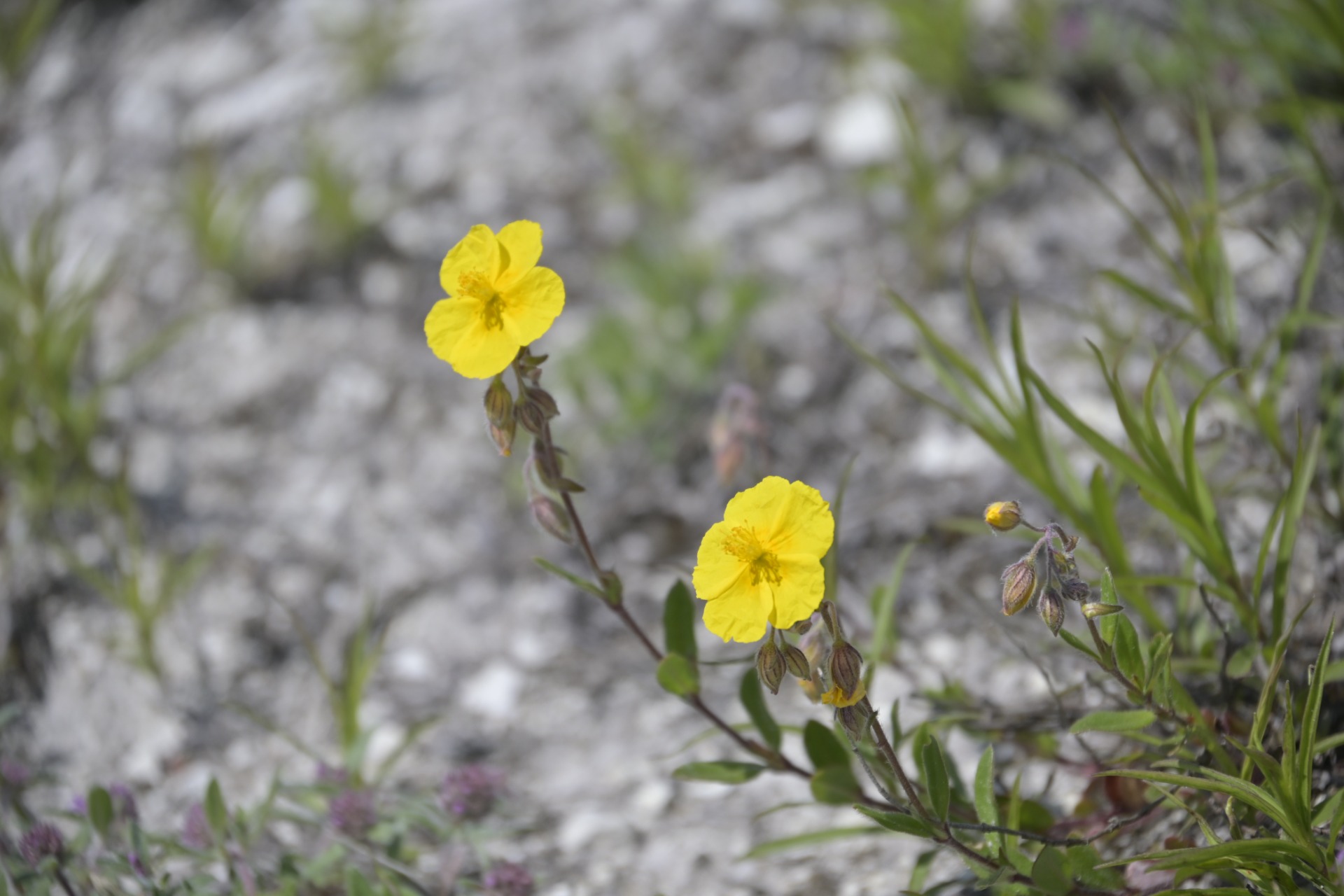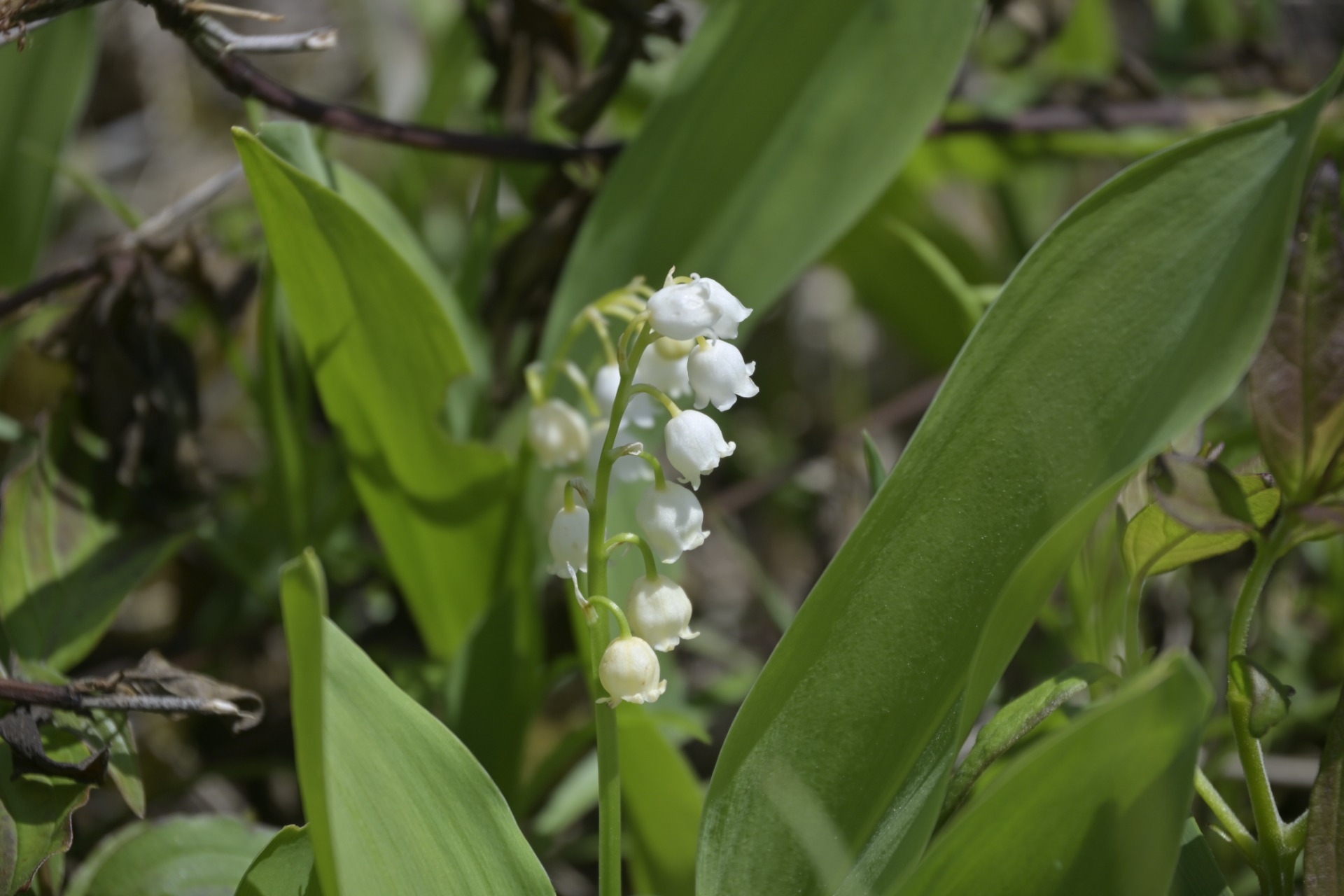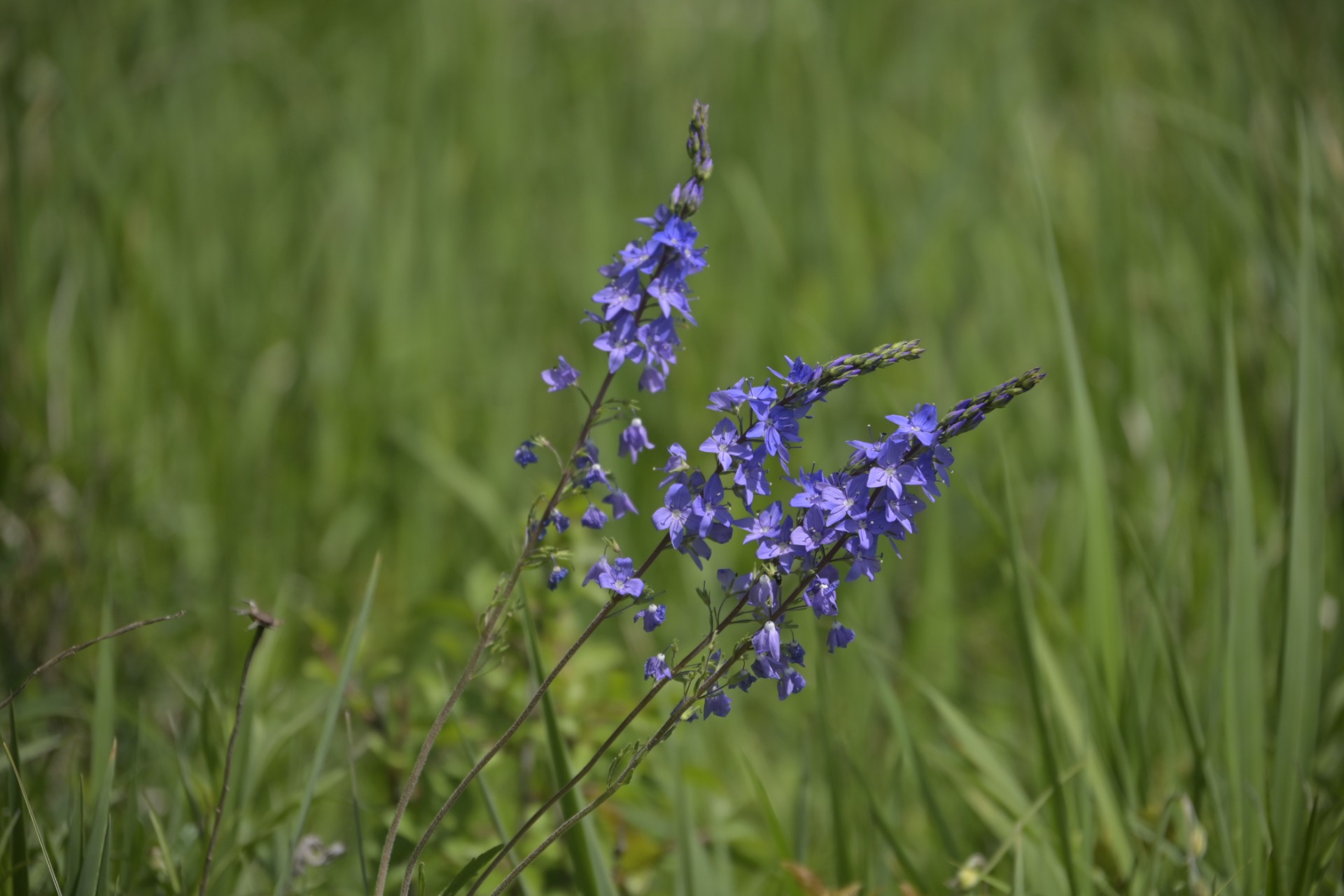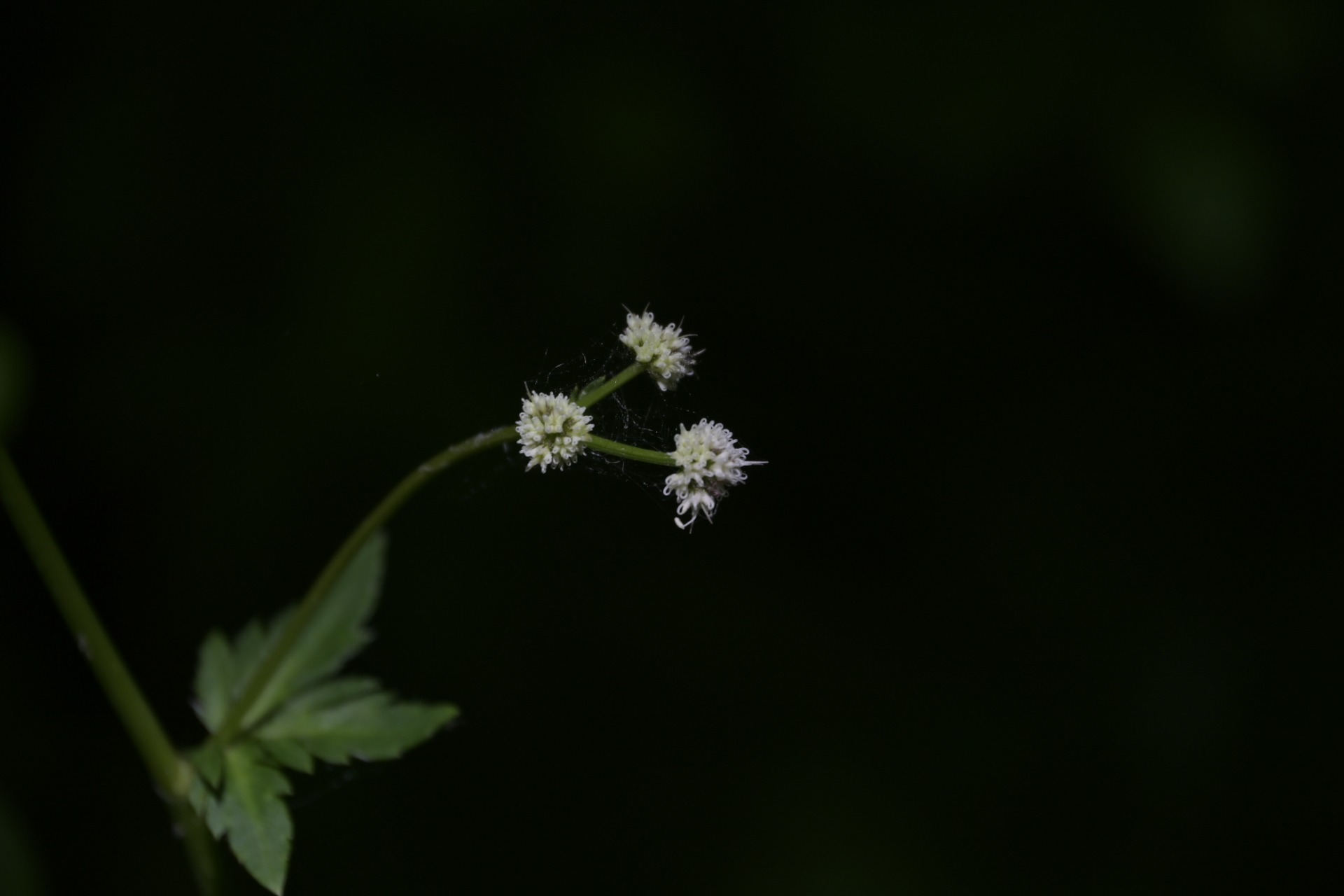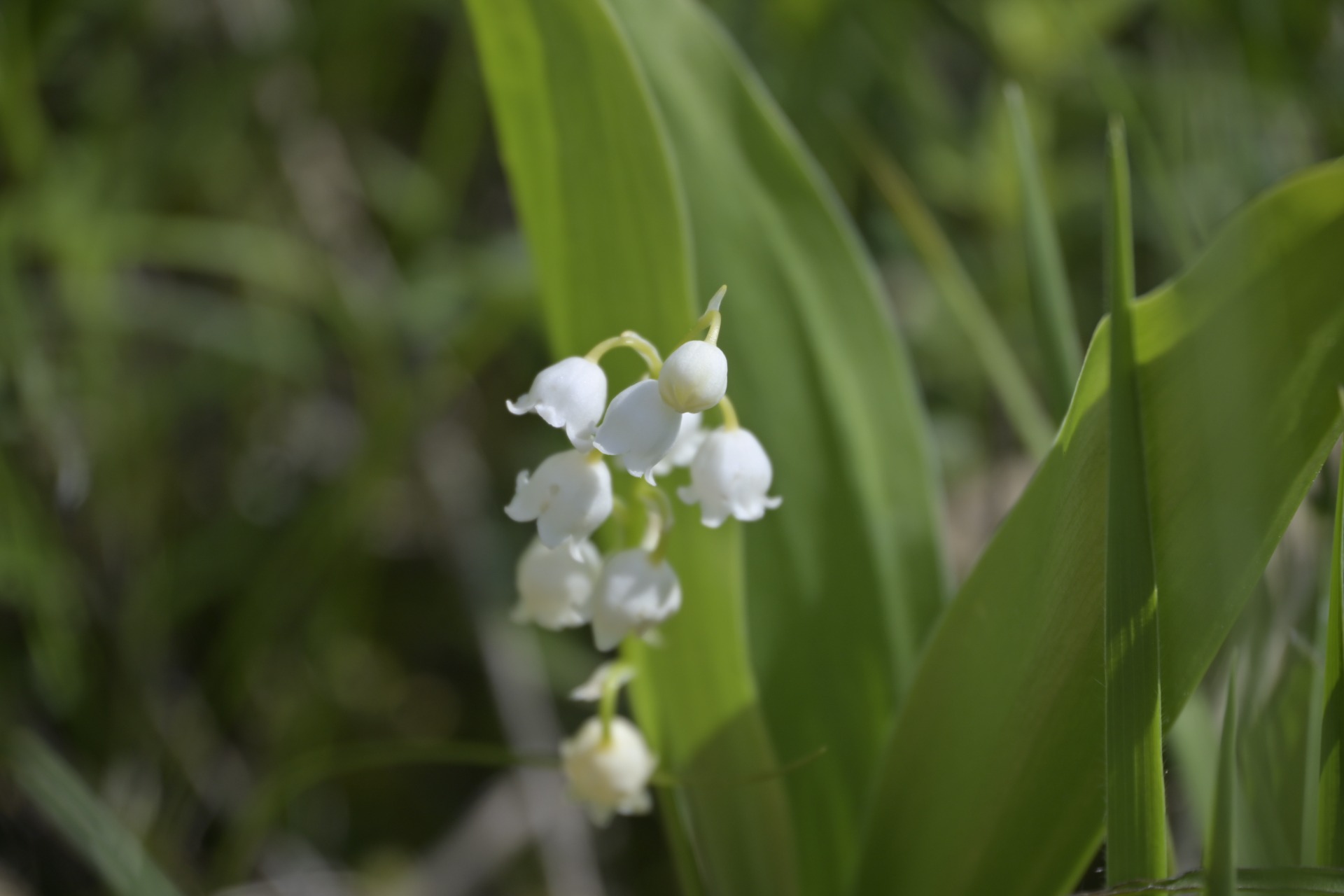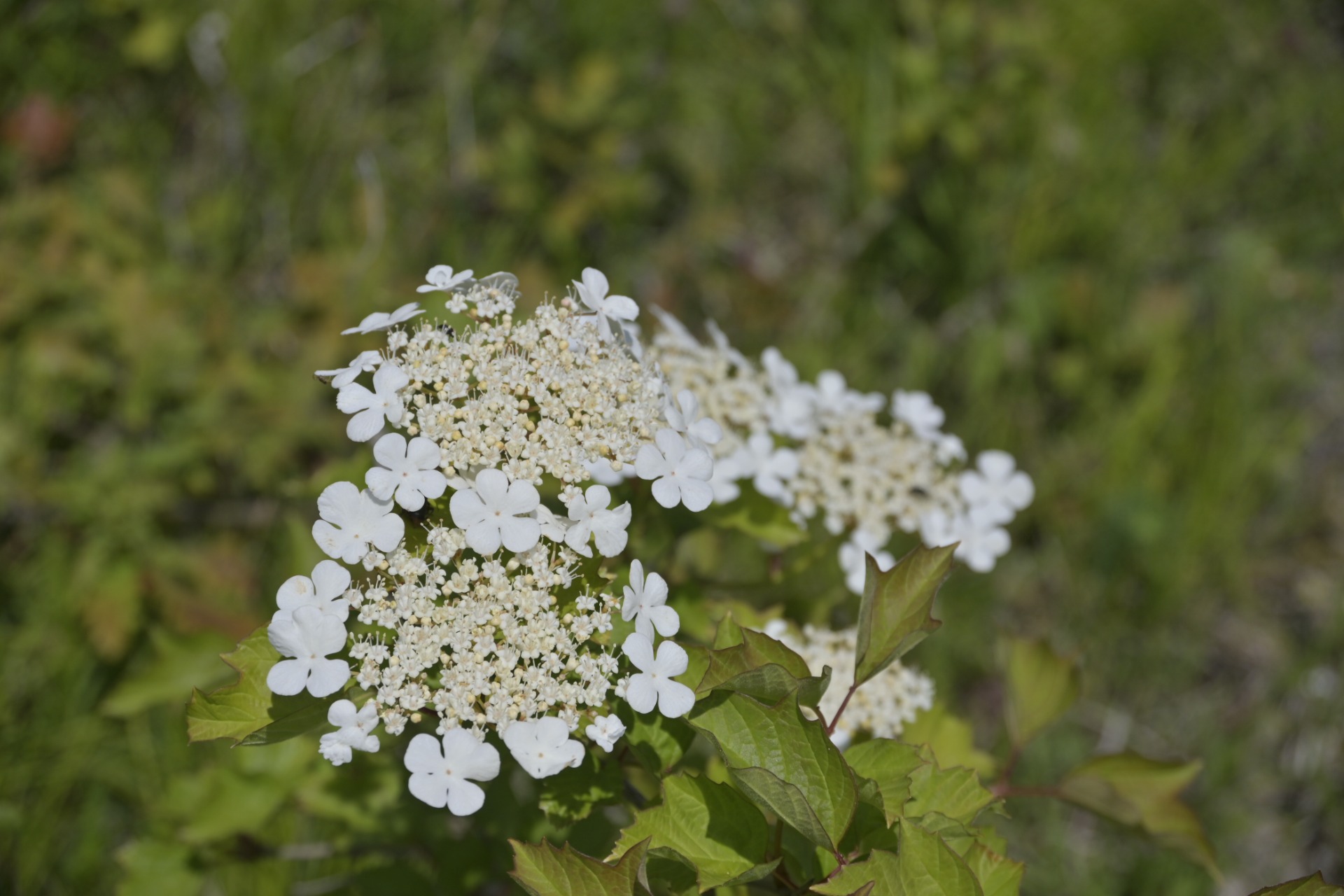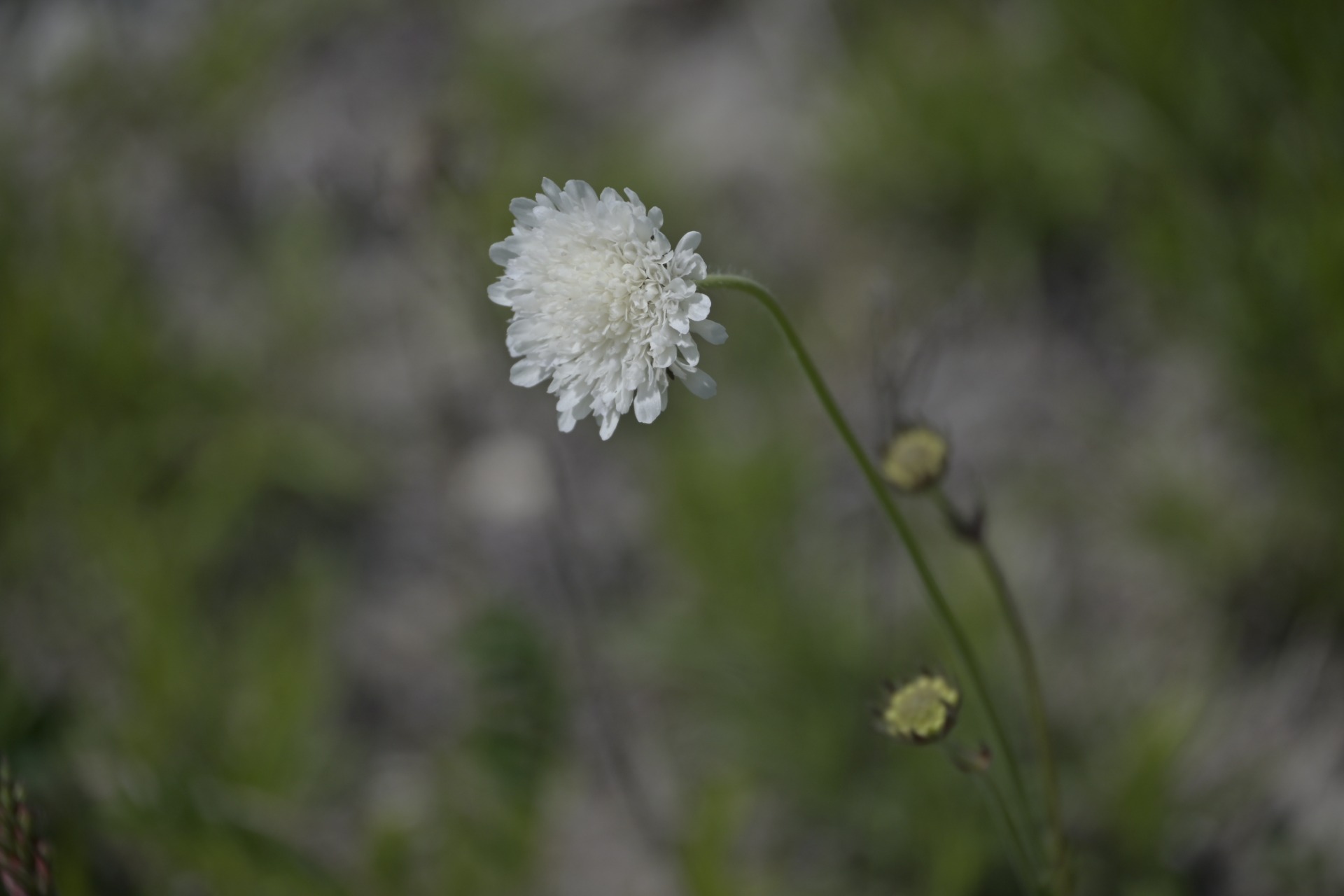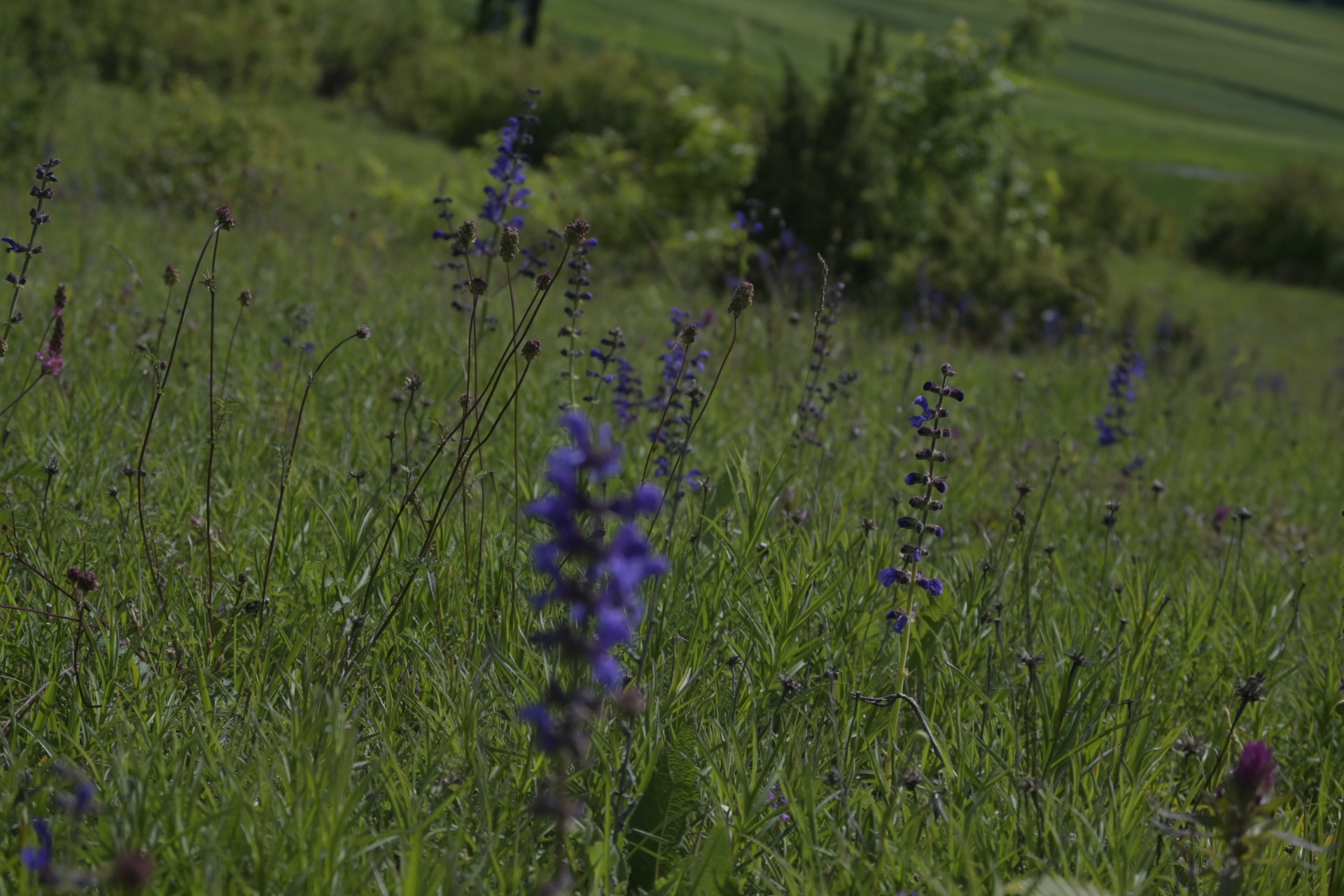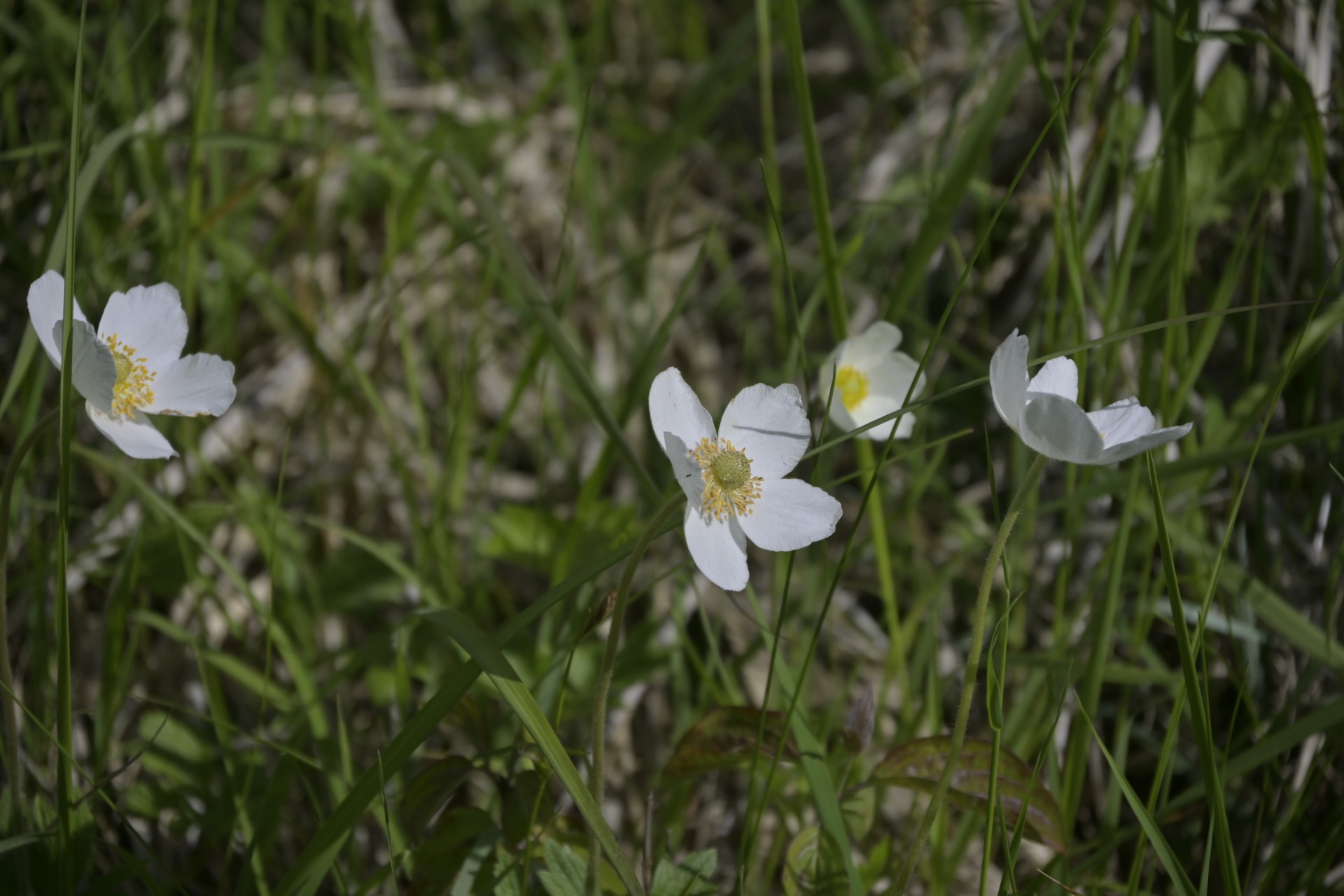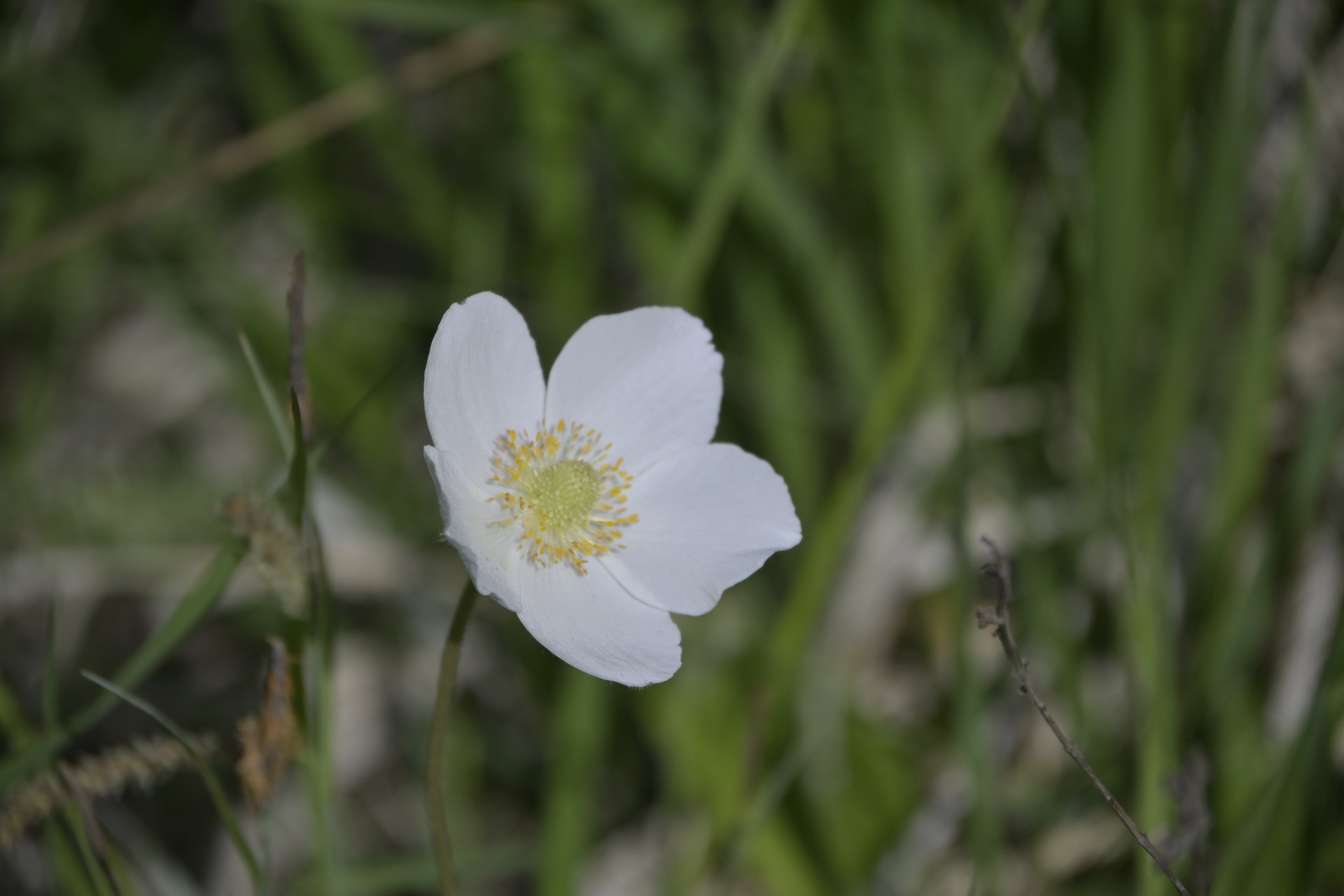[ENG] On the western edge of the Miechów Upland, in the Kozłów commune, rises the inconspicuous but extremely valuable natural Biała Góra – the highest elevation in this region (414 m above sea level). Its southern slopes hide a treasure unique on the scale of Małopolska – the Natura 2000 Biała Góra area (PLH120061), with an area of 12.89 ha. Although small, this area is distinguished by the richness of habitats and the presence of many rare plant species.
The basic subject of protection here are xerothermic grasslands, stretching on warm, dry, sunny slopes with a limestone substrate. It is these grasslands, rich in orchid species, that constitute one of the best preserved fragments of this type of habitat in the region. The site of the leafless iris (Iris aphylla), an extremely rare species occurring here on the northern edge of the area, is of particular importance. In the forests and thickets, there is one of the most valuable and beautiful orchids in Europe – Cypripedium calceolus, a species under strict protection and considered a priority for the preservation of European biodiversity.
Unfortunately, the nature of Biała Góra is not free from threats. Abandoning traditional use – mowing and grazing – leads to the grasslands becoming overgrown with trees and shrubs, which completely changes the character of the habitat and leads to its disappearance. That is why the Regional Directorate for Environmental Protection has included in the plan of protective tasks such as: removal of expansive shrubs, controlled grazing of animals in the summer (after the orchids have faded), and late summer mowing.
[PL] Na zachodnich krańcach Wyżyny Miechowskiej, w gminie Kozłów, wznosi się niepozorna, lecz niezwykle cenna przyrodniczo Biała Góra – najwyższe wzniesienie tego regionu (414 m n.p.m.). Jej południowe stoki kryją skarb wyjątkowy w skali Małopolski – obszar Natura 2000 Biała Góra (PLH120061), o powierzchni 12,89 ha. Choć niewielki, teren ten wyróżnia się bogactwem siedlisk i obecnością wielu rzadkich gatunków roślin.
Podstawowym przedmiotem ochrony są tu murawy kserotermiczne, rozciągające się na ciepłych, suchych, nasłonecznionych zboczach o wapiennym podłożu. To właśnie te murawy, bogate w gatunki storczyków, stanowią jeden z najlepiej zachowanych fragmentów tego typu siedlisk w regionie. Szczególnie istotne jest stanowisko kosatca bezlistnego (Iris aphylla), niezwykle rzadkiego gatunku występującego tu na północnym skraju obszaru. W lasach i zaroślach występuje tu jeden z najcenniejszych i najpiękniejszych storczyków Europy – obuwik pospolity (Cypripedium calceolus), gatunek objęty ścisłą ochroną i uznany za priorytetowy dla zachowania europejskiej różnorodności biologicznej.
Niestety, przyroda Białej Góry nie jest wolna od zagrożeń. Porzucenie tradycyjnego użytkowania – koszenia i wypasu – prowadzi do zarastania muraw przez drzewa i krzewy, co całkowicie zmienia charakter siedliska i doprowadza do jego zaniku. Dlatego właśnie Regionalna Dyrekcja Ochrony Środowiska w planie zadań ochronnych przewidziała działania takie jak: usuwanie ekspansywnych krzewów, kontrolowany wypas zwierząt w okresie letnim (po przekwitnięciu storczyków), czy późnoletnie koszenie.
View this post on TravelFeed for the best experience.

